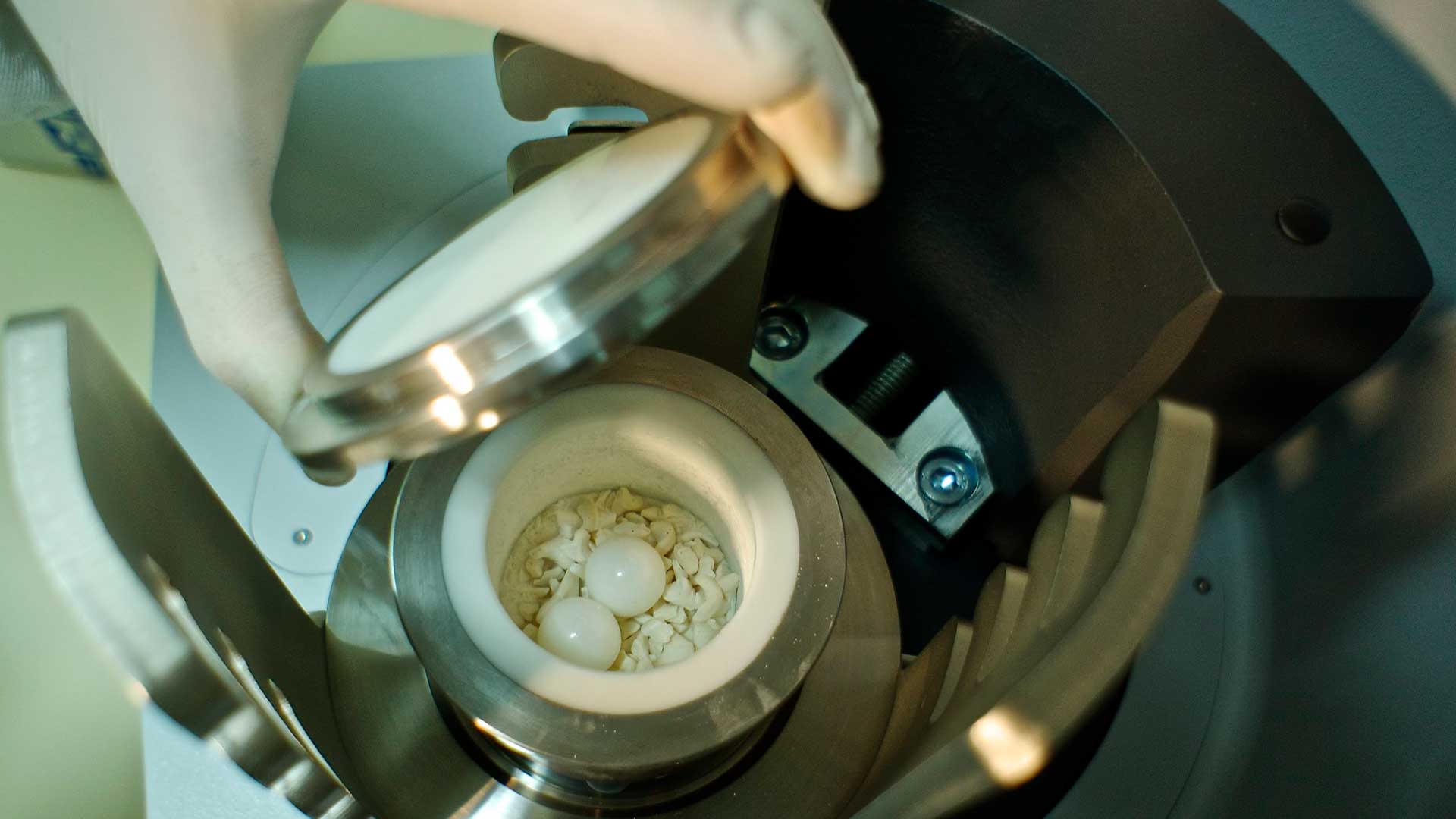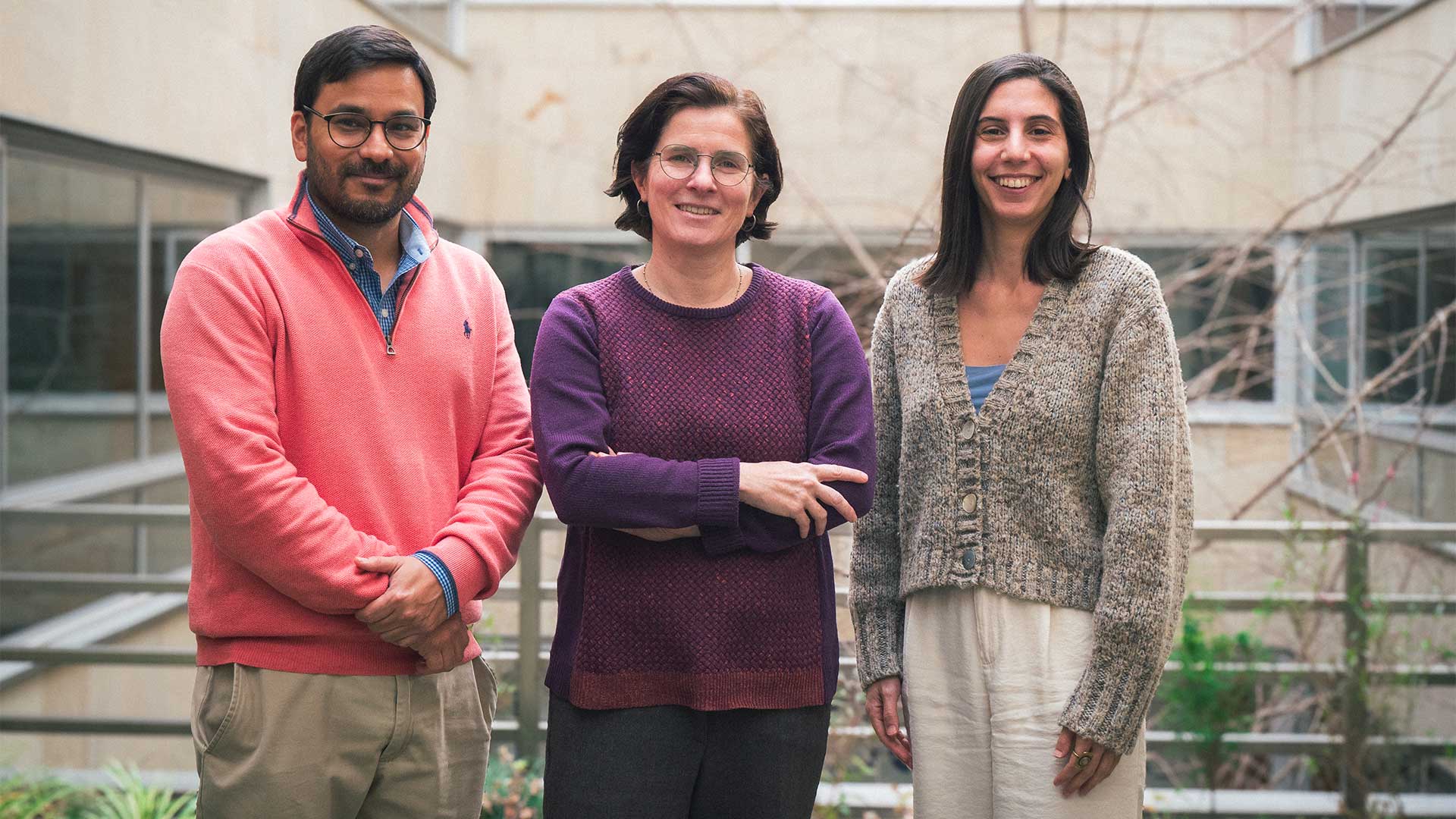In a new paper published in the Sustainable Production and Consumption journal, researchers from the UNESCO Chair in Life Cycle and Climate Change at ESCI-UPF contribute to calculating the true cost of different protein sources.
The food sector is responsible for a great part of the environmental impact of our society. For instance, according to the UN, about a third of all human-made greenhouse gas emissions are linked to this sector. And protein sources, as one of the main food groups, have a particularly significant impact on the environment. Understanding dietary choices’ environmental and economic impacts is crucial, especially protein choices, which are a main food source. Market prices alone do not comprehensively represent the true costs for society. True Cost Accounting is a methodology that quantifies the comprehensive economic, environmental, and social costs.
To investigate the issue and calculate the true cost of different sources of protein in the Spain market, the researchers from the UNESCO Chair in Life Cycle and Climate Change at ESCI-UPF, Dr Sahar Azarkamand, Dr Laura Batlle-Bayer, Dr Alba Bala, Ilija Sazdovski, Dr Pere Fullana-i-Palmer and Dr Mercè Roca; researchers from the University of Cantabria Ana Fernández Ríos, Dr Maria Margallo, Dr Ruben Aldaco and Dr Jara Laso; supported by Dr Rita Puig and Dr Rosa Cantero from the University of Lleida developed a scientific paper.
The research determined the adjusted price of 1 kg of 50 distinct sources of both animal-based and plant-based proteins available in the Spanish market by including their hidden environmental costs in their market price. These sources are divided into seven main groups: beef and lamb, processed meat, pork, poultry, dairy, seafood, and plant-based. A life cycle approach was applied, considering both a conventional mass-based functional unit and a proposed protein-content-based functional unit, which integrates the source’s efficiency to deliver protein nutrients.
In a mass-based calculation, beef and lamb production consistently demonstrate the highest adjusted costs, amounting to 33.72€ per kg of source, while plant-based protein sources typically exhibit lower adjusted costs, with an average of 12.31€ per kg of source. In between, seafood ranks fourth at 26.41€ per kg of source.
However, when the calculation of the adjusted price is based on real protein content, seafood commands the highest value, reaching 179.97€ per kg of protein, whereas beef and lamb drop to third position at 131.76€ per kg of protein, and plant-based options Increase to 116.32€ per kg of protein.
Recognizing these externalities highlights the importance of promoting plant-based diets and sustainable agricultural practices to reduce the overall environmental impact of our food choices. Promoting plant-based protein options and more sustainable animal production practices is essential to mitigate environmental impacts, enhance food security, and improve public health. In summary, the study emphasizes the significance of informed dietary choices that account for both environmental sustainability and economic factors and the need to use proper methodologies for quantitative accounting.




Leave a message